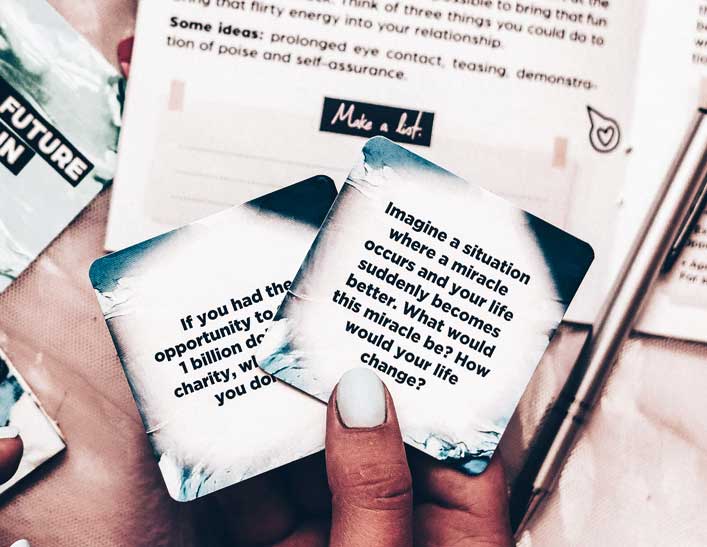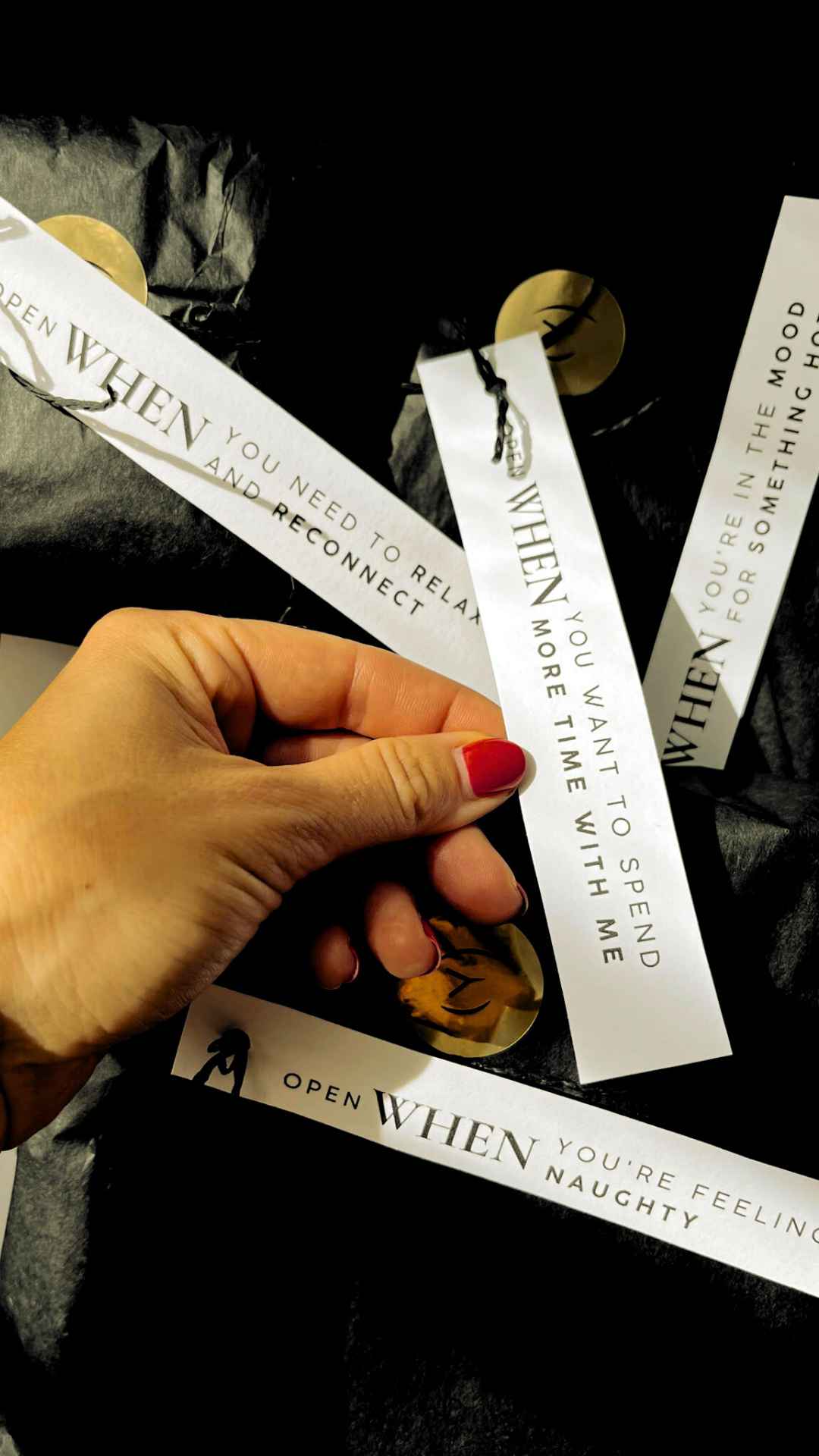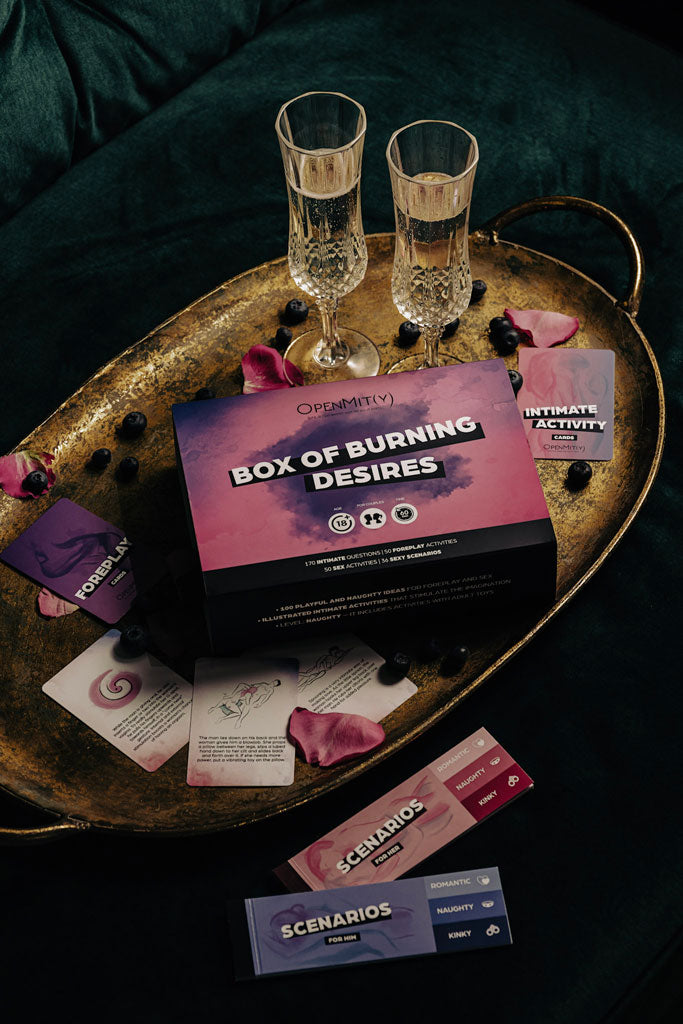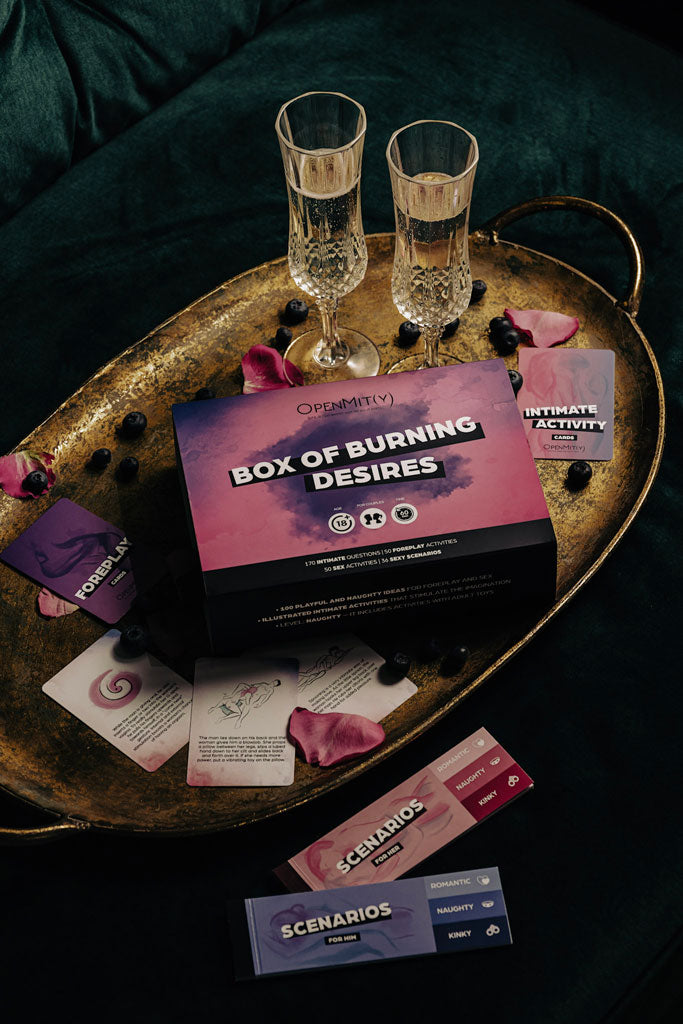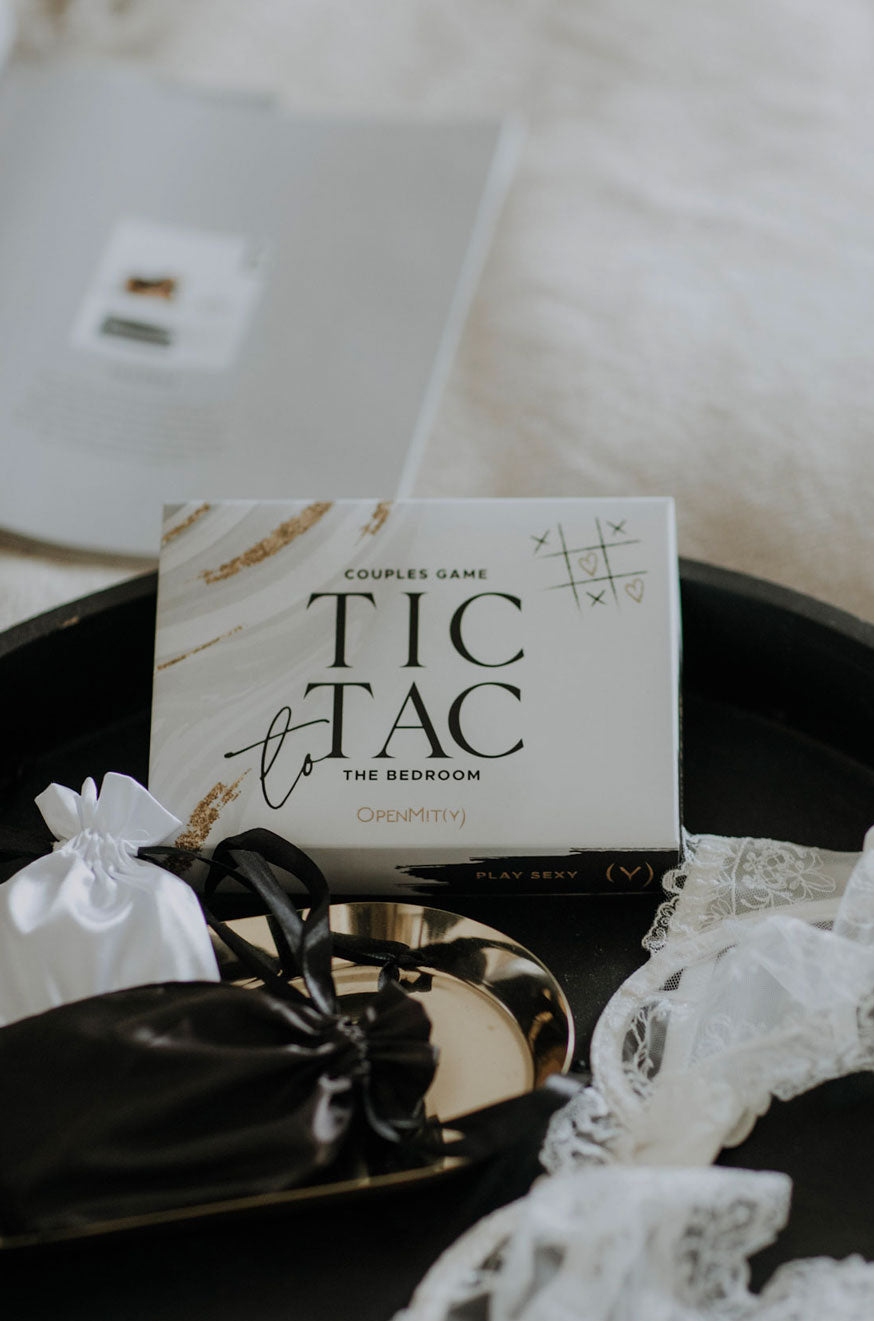Discover the 5 Love language list with everyday examples and practical tips.
The 5 Love Language List: Real Examples & Ideas


Why Knowing the Love Language List Matters in Real Life?
Ever wondered why your partner lights up after a compliment but shrugs at a gift? It’s probably because you're speaking different love languages. This love language list breaks down all five types of love languages with real-life examples and ideas you can use every day to deepen your connection.
5 real-life-style examples
showing how someone might discover or understand their partner’s love language through observation or small moments
1. Words of Affirmation
Example: You notice your partner lights up every time you compliment their cooking, and they often say things like:
- “Do you think I did okay?” or
- “Tell me what you liked about it.”
Insight: They're not fishing for compliments—they genuinely feel loved through kind, affirming words.
Experience story: “I remember one time I complimented my partner on how thoughtfully she packed our kids' lunch boxes for a school trip. Her face lit up in a way that made it clear this meant more than just a "thanks". That moment helped me realize that affirming her efforts verbally really filled her love tank.”
2. Quality Time - A Core Part of the Love Language List
Example: Your partner seems frustrated when you’re on your phone during dinner but relaxes and becomes more affectionate when you go for a walk together or spend a quiet hour just talking.
Insight: They feel most connected when they have your undivided attention.
Experience story: “My husband and I started doing Sunday morning walks during the pandemic. No phones, no agenda, just coffee in hand and conversation. It quickly became our favorite ritual, and we both noticed how much more connected we felt afterward.”
“One night we turned off the TV and just sat on the balcony talking about our favorite childhood memories. It started out casual but turned into a two-hour conversation full of laughter, stories, and even a few tears. That night reminded me how simple presence can feel so sacred.”
3. Receiving Gifts
Example: You bring home their favorite snack randomly and they get emotional, saying, “You remembered!” Or they save tickets, wrappers, and notes from past dates.
Insight: Thoughtful gestures, not the size or cost, make them feel loved.
Experience story: “For his birthday one year, instead of buying something fancy, I made a “52 Reasons Why I Love You” deck from an old card set. He teared up while flipping through it—and still pulls it out when we’re apart. It taught me that gifts with emotional depth often become treasured keepsakes.”

4. Acts of Service
Example: They always do things like warm up your car, fold your laundry, or make coffee without being asked—and they beam when you take something off their plate like doing the dishes or scheduling an appointment.
Insight: Actions speak louder than words for them. Helping = loving.
Experience story: “When we had a newborn and I was running on no sleep, he cleaned the entire apartment and prepared lunch for me while I napped. I cried—not because of the food, but because I felt so deeply understood. That day I realized how healing love can be when it’s shown.”
5. Physical Touch - A Powerful Love Language for Intimacy
Example:
They instinctively reach for your hand, cuddle close on the couch, or touch your arm while talking. When you’ve had a fight, a hug seems to fix more than words ever could.
Insight: Physical closeness is their emotional safe zone.
Experience story: “Sometimes after a hard day, he’ll just pull me into a long, silent hug. No words. Just arms. There’s something in that stillness that says, “I’ve got you,” more than anything else. That kind of touch doesn’t fix the problem, but it makes me feel like I don’t have to face it alone.”
How to Use the Love Language List in Daily Life
1. Words of Affirmation
What it means: Expressing love through verbal appreciation, praise, and encouragement.
Examples:
- "I’m so proud of how hard you worked today.”
- “You make me feel so safe and loved.”
Pro tip: Be specific. “You’re amazing” is nice, but “You handled that meeting like a pro” feels more personal.
Everyday ideas:
- Leave sticky notes with sweet messages.
- Send a midday “thinking of you” text.
- Compliment something small—like their shirt or parenting style.
- Start the day with a compliment.
- Record a short love note voice message.
- Praise them in front of others.
- Say “thank you” for even small tasks.
- Keep a shared compliment journal.
- Post a private love message on social media.
- Create an affirmation jar for rough days.
🎲 Want to make this fun and easy?
Try a Words of Affirmation task from Because Love Should Be an Action and surprise your partner with a loving message challenge.
Scientific Insight: Educational Insight (2024)
A review in Current Directions in Psychological Science (Impett et al., 2024) suggests that the intentionality behind affirming language—such as expressing appreciation or emotional support—is what truly uplifts relationships, rather than the mere existence of a singular "primary" love language

2. Quality Time
What it means: Giving your undivided
attention—no screens, no distractions.
Pro tip: It’s not about what you do, but how present you are.
Everyday ideas:
- Take a tech-free walk.
- Do a screen-free breakfast ritual.
- Cook a new recipe together.
- Share a playlist and listen to it side by side.
- Read a book together.
- Look through old photos.
- Go stargazing.
- Try a puzzle or build something.
- Take turns sharing childhood memories.
- Have a 15-minute check-in every
night.
Research Insight: Couples who spend intentional time together report deeper emotional connection (Gottman, 1999). Relational Research (2023)
A Tehran-based qualitative study with married couples found that regularly practicing love languages—especially quality time—significantly enhanced emotional intimacy and communication satisfaction
3. Receiving Gifts
What it means: Showing love with thoughtful, symbolic items—not big price tags.
Pro tip: It’s not about the price—it’s about knowing what makes them feel seen.
Everyday ideas:
- Bring home their favorite snack.
- Wrap a handmade note or sketch.
- Create a “thinking of you” digital album.
- Personalize a small gift (like a keychain or mug).
- Subscribe them to something fun.
- Mail them a surprise, even if you live together.
- Gift a photo memory box.
- Leave flowers in their car.
- Gift something tied to an inside joke.
- Create a DIY “just because” gift basket.
Research Insight: Empirical Review
(2023–2024)
Systematic reviews show that while gift
receiving is the least commonly preferred love language, when it aligns with a partner’s preference, it still correlates with higher satisfaction in relationships
4. Acts of Service
What it means: Doing things that ease your partner’s load.
Pro tip: These small actions say “I’ve got your back.”
Everyday ideas:
- Tidy their workspace.
- Handle their least favorite chore.
- Make them coffee or tea.
- Cook their favorite meal.
- Fill their gas tank.
- Book their appointment for them.
- Bring them water without being asked.
- Fold laundry while they’re relaxing.
- Warm up their towel or slippers.
- Surprise them with a completed task they’ve been avoiding.
🎲 Love in action, literally:
The Because Love Should Be an
Action deck gives you creative, feel-good tasks rooted in acts of service. Show love through what you do.
Neurochemical Support (2022)
Studies on prosocial behavior reveal that doing kind acts—essentially “acts of service”—releases oxytocin and boosts life satisfaction, giving neurochemical weight to the concept.
5. Physical Touch
What it means: Affectionate, loving touch like cuddling, holding hands, or hugs.
Pro tip: It’s not always about sex—comforting physical gestures matter just as much.
Everyday ideas:
- Sit close while watching a show.
- Hold hands in bed or walking.
- Run your fingers through their hair.
- Cuddle after a long day.
- Give spontaneous kisses.
- Rest your head on their shoulder.
- Touch their arm while talking.
- Massage their neck while they work.
- Slow dance in the living room.
- Hug for 20+ seconds.
Scientific Insight: Physical Touch
Hormonal & Psychological Evidence (2022–2023)
- An ecological daily-life study in Germany found that affectionate touch boosts oxytocin, lowers cortisol, and enhances wellbeing—especially during lockdowns
- A PLOS ONE clinical study confirmed that hugging before stressful events reduced cortisol in women
- A 2025 Auburn University study found that couples who cuddled before sleep had lower stress, better emotional bonding, and no negative sleep impact
Balanced Perspective
Despite their popularity, love languages aren’t always discrete categories. A 2024 analysis in Psychological Science argues that people often value more than one style, and no single language fully predicts relationship success.
How to Discover Your Partner’s Love Language
Not sure what their love language is?
Observe. Ask. Test. Or play.
🎲 Bonus Tip: Want to discover each other's love language playfully?
The Because Love Should Be an Action game helps you explore all five love languages through hands-on, loving challenges. You’ll quickly notice which ones light your partner up.
Curious which love language tops the charts?
According to a 2022–2023 survey by Truity with over 500,000 participants, Quality Time is the most commonly preferred love language:
• Quality Time – 38%
• Physical Touch – 24%
• Words of Affirmation – 19%
• Acts of Service – 13%
• Receiving Gifts – 7%
These findings not only show how different our emotional needs can be but also remind us that understanding your partner’s language may not match your own.
Research & Sources
Truity.com (2022–2023): Most Popular Love Languages Statistics
Chapman, G. (1992). The Five Love Languages: How to Express Heartfelt Commitment to Your Mate
Frontiers in Psychology (2022): Cross-cultural research on love languages and relationship satisfaction





